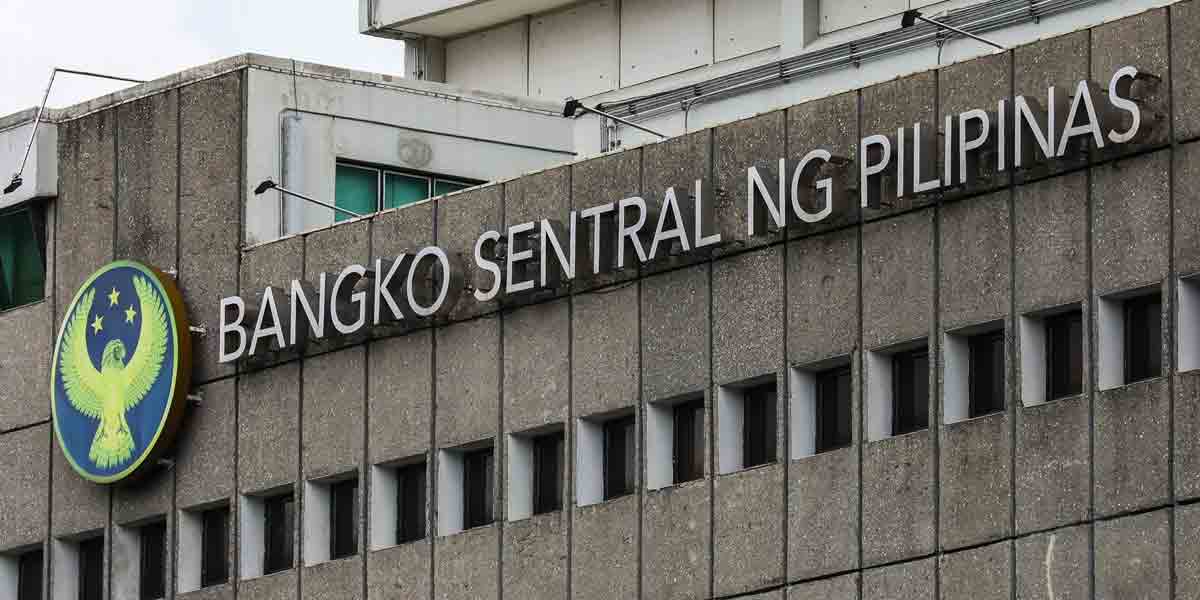By Joshua Corcuera
The Philippine Statistics Authority (PSA) has reported that the country’s inflation rate accelerated further to 6.1% this June 2022—the highest recorded inflation rate since October 2018.
For starters, inflation pertains to the rate of increase in prices over a given period of time—in Filipino, pagtaas ng presyo ng bilihin. While inflation is normal, it must be ideally kept at a moderate pace with many economists advocating for low to moderate inflation of around 2% annually. So why is 2% an optimal inflation rate? Experts argue that it is actually good for economic growth since buyers are more likely to purchase products at present than later. Without inflation, buyers may not be encouraged to buy products immediately believing that their price will not increase. Henceforth, low to moderate inflation helps keep the economy vibrant by keeping cash flowing.
From June 2021 to February 2022, the country’s inflation rate ranges from 3.0% (January 2022 and February 2022) to 4.4% (August 2021). These rates do not seem alarming. Since February this year, however, the inflation rate has consistently soared from 3.0% in February to 4.0% the following month, 4.9% in April, 5.4% in May, and 6.1% in June.
Globally, inflation is also seen to be accelerating which is caused by various factors. Remember that during the height of the pandemic in 2020, global supply chains have been disrupted by pandemic restrictions and factory closures became common as a consequence thereof. By the time COVID-19 vaccines became accessible to most people and restrictions were loosened, demand for goods soared but supply—due to factory closures and disrupted supply chains—cannot meet such demand. Political issues such as the war in Ukraine also contributed to inflation as it disrupted supply chains—but the Philippines is not extremely affected due to its distant circumstance from Eastern Europe.
Here in Manila, I can feel the effects of inflation. When I am being asked to buy food, drinks, and cooking ingredients outside, I noticed that I could buy fewer quantities compared to the past. One liter of chocolate milk now costs close to P 100, which if my mind serves me right, was below P 80 just several weeks ago. Also, cooking oil (lauric or coconut oil; I will not name the brand, but it is relatively well-known) with a weight of 925 mL costs more than P 200 in the nearby merchandise store from my home. And jeepney fare has also increased in Metro Manila, though this is understandable from a personal perspective given the meteoric rise of gasoline and diesel, especially compared to its prices before the enactment of the Tax Reform for Acceleration and Inclusion Act (TRAIN Law) in 2018, the pandemic in 2020, and the war in Ukraine earlier this year.
Inflation is real, and the 6.1% rate as reported by the PSA was made by statisticians and experts—it is something that must be accepted and acknowledged, especially that it is hard data. The first step to solve a problem is to agree that there is indeed a problem. Henceforth, it is imperative for the-powers-that-be to listen to what the data says and strive for data-driven solutions. More importantly, those who are in the upper echelons of society must be sensitive to the struggle of the working class and the poor—inflation is real.






















